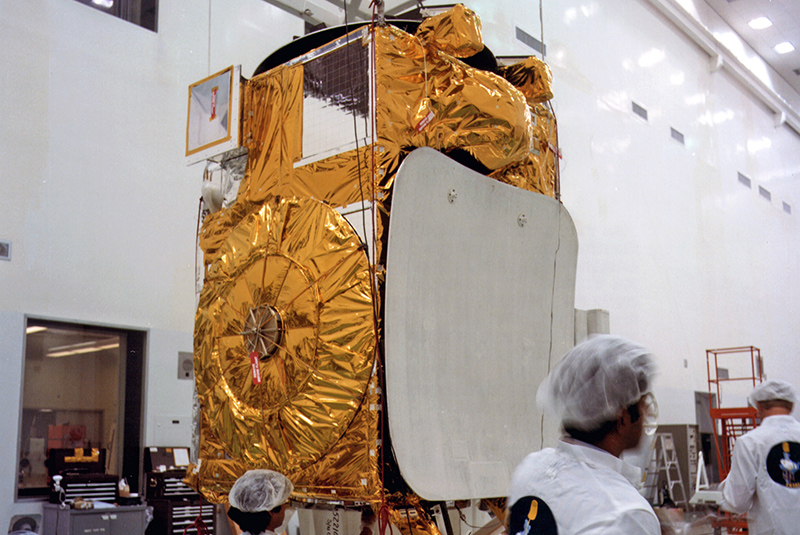The little village that served as ground zero for India’s space program is now a tourist attraction. The Thumba Equatorial Rocket Launching Station (TERLS) located a short drive from Kerala’s capital city, Thiruvananthapuram, is where rockets were famously carried on bullock carts and assembled by hand.
It’s a charming, idyllic village. But as the centre of India’s space program, it is also the pinnacle of scientific study in the subcontinent. That’s why it’s no coincidence that the station is the farthest point from both Pakistan and China in mainland India. The research that took place here led to advancements in everything from geo-stationary satellites, interplanetary missions and, of course, intercontinental ballistic missiles.
The Indian Space Research Organization (ISRO), ostensibly a scientific organ of the Department of Space, has been a world player from its very inception.
The first rocket to shoot off from TERLS was an American sounding rocket named Nike-Apache, on November 21, 1963. Sounding rockets are basic technology, and no small feat for either of the world’s then superpowers, the USA and USSR. But launching them from developing countries across the world strengthened scientific and military cooperation. TERL’s scientifically advantageous location saw many nations participate in experiments from its base. But the USSR emerged as an early ally, reflecting India’s subtle tilt from its policy of non-alignment.
Copyright©Madras Courier, All Rights Reserved. You may share using our article tools. Please don't cut articles from madrascourier.com and redistribute by email, post to the web, mobile phone or social media.Please send in your feed back and comments to [email protected]











